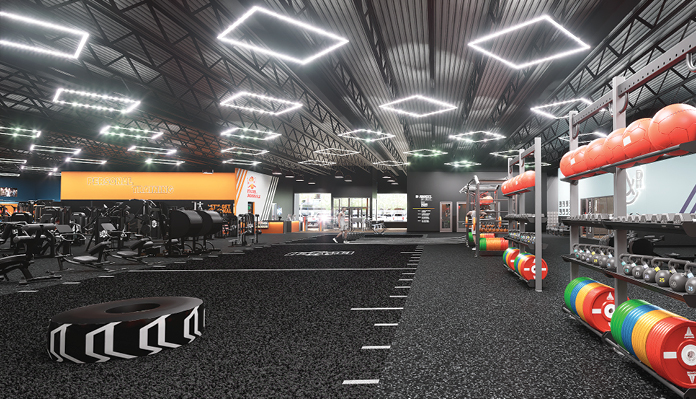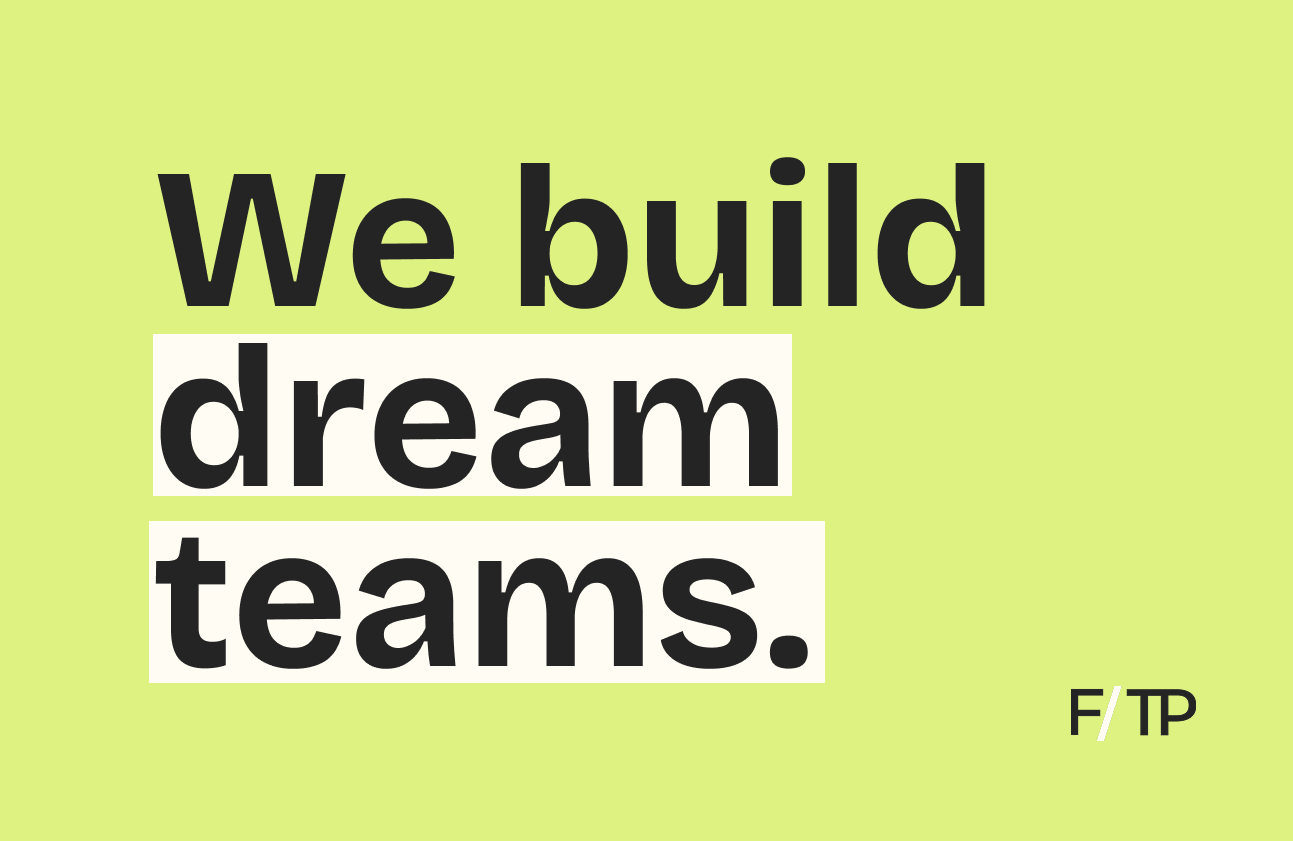Startup Q&A is an interview series showcasing early-stage health, fitness, and wellness companies.
In this Q&A, we caught up with Jordan Kobert, co-founder and CEO of The Breakaway, an app that aggregates cycling performance data from platforms like Peloton, Garmin Connect, and Zwift. Jordan explains how clear, actionable insights can improve training, as well as his experience working with Tour de France athletes on the app’s development.
Can you tell us about what you’re working on at The Breakaway?
Jordan Kobert: The Breakaway is an iOS app that helps you improve your cycling fitness through the data you create on platforms like Peloton, Garmin, Zwift, and others to come.
Most people are stronger than they know. They just need simple goals, feedback, and motivation — but more analysis and data aren’t always better. Our goal is to give clear, actionable insight to save you time and help you get better.
We do this by assessing users across our unique benchmarks. At sign-up, we sync historical data and rank users against what’s possible for people of their age, gender, and weight. Then, we offer eight game levels and 12 power skills to improve on with targeted workouts for each.
There are no giant leaderboards and no seven-day-a-week schedule. We know people are busy, so we built this to make the most of every workout. And our team is laser-focused on becoming the trusted partner in your digital fitness life, bringing together your workouts for the goal of performance and improvement.
Over time, we’ll add more data sources and sports to become the hub for all performance data and make it easy to answer the question of “what should I do today?”
How did you come up with the idea? What key insight led you to pursue this opportunity?
JK: I’m a lifelong cyclist, having done my first century at age 10 and attempting to find a career in racing road bikes in my early 20s. As it turns out, I was better at spreadsheets than I was at racing bikes.
In 2019, after living in the Bay Area for 15 years, I found myself in a winter climate for the first time. I discovered Peloton and Zwift, and after a few months inside, I found a level of fitness I hadn’t seen in almost a decade. From my cycling background and network, I reached out to friends who were former Tour de France athletes and coaches and dug into why and how this happened.
Once I learned what happened from a physiological point of view, I started to think about how we could make this into a product.” Could we create this level of improvement for thousands? Millions? More? I dug in with some former Strava colleagues (one of whom is Kyle Yugawa, my co-founder) to plan out a user experience.
As we got deeper and talked to more and more people about [the digital training experience], we realized the problems we saw were widespread and growing. There’s so much data out there but so little that’s giving people simple ways to improve.
We’re all getting siloed. We’re all getting overwhelmed with graphs and charts. We’re all busy. We all want to improve or know how we’re doing for our own sense of motivation, not compared to a random leaderboard of thousands.
From these frustrations and learnings, we started to map out The Breakaway, and that still is our north star: Make it simple; show people what’s possible; put them in a place to do the work.
How did you turn your idea into a company?
JK: There wasn’t any single moment. From day one, we just wanted to see this product come to life. Since expanding beyond our own needs, our path has been and continues to be one thing after another, continuing to build momentum to this day.
What’s been so amazing about this journey is that every 30–60 days, the opportunity expands. We started with two engineers as a side project in the fall of 2020. A few months later, I brought on Christian Vande Velde, a longtime friend and former Tour de France rider.
We launched an app in the App Store in early 2021, and I’ll never forget the first signup we saw come in via our ‘new users’ Slack channel that wasn’t one of our friends or family members.
A friend and former Strava colleague suggested we apply to Y Combinator. We got in. We raised a seed round coming out of the S21 batch with amazing venture and angel partners.
One of my proudest moments was having the entire team that spent nights, weekends, and months building this come on full-time once we raised the round this fall. This was always the plan since we applied to Y Combinator, but nothing is done until it’s done.
How big can this get? What’s the addressable market and how do you go about capturing it?
JK: I was one of the first 10 employees at Strava and lived through people thinking digital fitness was “cute.” Now, it’s clear that the future of all fitness is digital, and there are real solutions and businesses to be created.
We see a massive future where data comes together from multiple sources, and one platform helps make sense of it all for people who want to improve and perform.
Our focus is performance sports that have data and can be managed via stress to human systems. This means we’ll evolve from cycling into running, rowing, strength training, nordic skiing, swimming, etc.
The market for this is significant, and to build a business for improvement, we’re not talking about a social network —we’re talking about the people dedicated to performance and improvement, the top half of the market.
Quantitatively, the total addressable market is hundreds of millions globally. It’s early days.
Who is the core customer? How are you acquiring customers? And how will you grow the customer base?
JK: Our customer wakes up and thinks about a few key things in their life: Their family & loved ones, their job, and their fitness. They wake up thinking “what’s today’s workout?” or perhaps they go to bed thinking about tomorrow’s.
When they get out for that workout, they are thinking about their performance. “Am I getting better?” “Am I better than I was last week… last season… last year?”
Our customer uses platforms like WHOOP, Peloton, Zwift, and others. But they want things simplified and brought together. They are busy and want to make the most of their time. Oftentimes, when they do a workout, they wonder if they’re doing the right effort for that day.
In terms of the growth of this segment, today, we acquire customers through a combination of word of mouth, promotion from our coaching partners like Christian Vande Velde and Ashton Lambie, paid advertising, and press.
We’re building team components to our experience that will help with this, but we know that no one needs another social network to manage, so we’ve got some ways we’re excited about to engage people and grow without creating another network to manage. Besides, a social network for athletes already exists… it’s called Strava.
Looking at your road map, what are some of the milestones you’re targeting over the next 3-6 months?
JK: Right now, we’re focused on growing a core user base that loves us.
We continue to get feedback from our users that they’re seeing real, meaningful improvement. One of my favorites came in last week from a busy executive. She said “With [The] Breakaway, I’m going places and seeing beyond barriers that I never could imagine.” This is our focus right now — showing people that they can go beyond their limits.
As we get into the spring and summer, we’ll look at greater scale across multiple platforms and sports.
Anything else you’d like to share with readers?
JK: If you have a Peloton or ride Zwift, I’d love for you to try our app and let us know what you think! Christian and I also have a new podcast where we dive into some of the core fitness concepts. As we like to say, we make performance improvement simple, but it’s still not easy…
If you’re interested in having your company featured in our Startup Q&A series, send an email to team@fitt.co.
Related reading from Fitt Insider:
Issue No. 146: The Endurance Economy
Endurance Tech: Indoor Cycling Beyond Peloton






